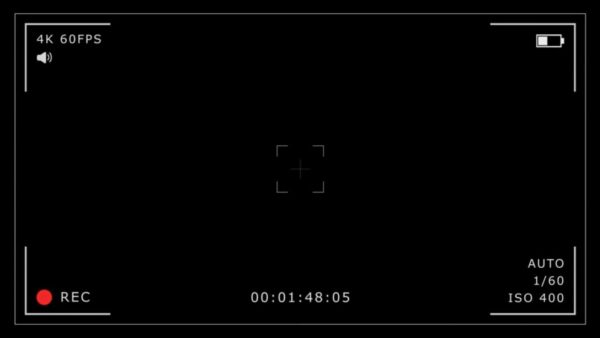GNET’s Research Digest
Sign up for our monthly newsletter to stay updated about our work

Digital sex crimes such as South Korea’s molka (hidden camera) phenomenon and the Nth Room…

The digital bulletin, Light of Darkness, was originally conceived as a supplementary component to Voice…

On 10 September 2025, in Orem, Utah, right-wing political commentator Charlie Kirk was shot and…

Content disclaimers: All identifiers referencing real-life cases will be anonymised with pseudonyms, noting that in…

Violent extremists are continually adapting the ways in which they exploit digital platforms for coordination…

Ghost guns, in particular 3D-printed guns, have been gaining popularity among youth, with several criminal…
📆 Join us for our Engelsberg Annual Lecture in Applied History, coming up later this month! This year, we are honoured to host speakers @KoriSchake & Prof Francis Gavin
🕡 30 Oct, 18:30–20:00 GMT
📍 Strand Campus
Registration is now open 👇
"In these ways, digital technologies do not merely enable abuse. Instead, they constitute the infrastructure of everyday extremism" - a great piece on the overlap between extremism, tech, and gender
Digital infrastructures enable everyday gender-based extremism, argues @DrSeyounPark. By spotlighting South Korea’s molka and Nth Room, Dr Park analyses how platforms and design features co-produce environments that monetise & normalise misogynistic harm.
Paula Núñez-Guerra analyses the pages of Light of Darkness, ISKP's digital handbook. She argues that its focus on OPSEC and controlled use of AI highlights an ongoing effort to preserve its online presence while evading algorithmic censorship.
Sign up for our monthly newsletter to stay updated about our work
